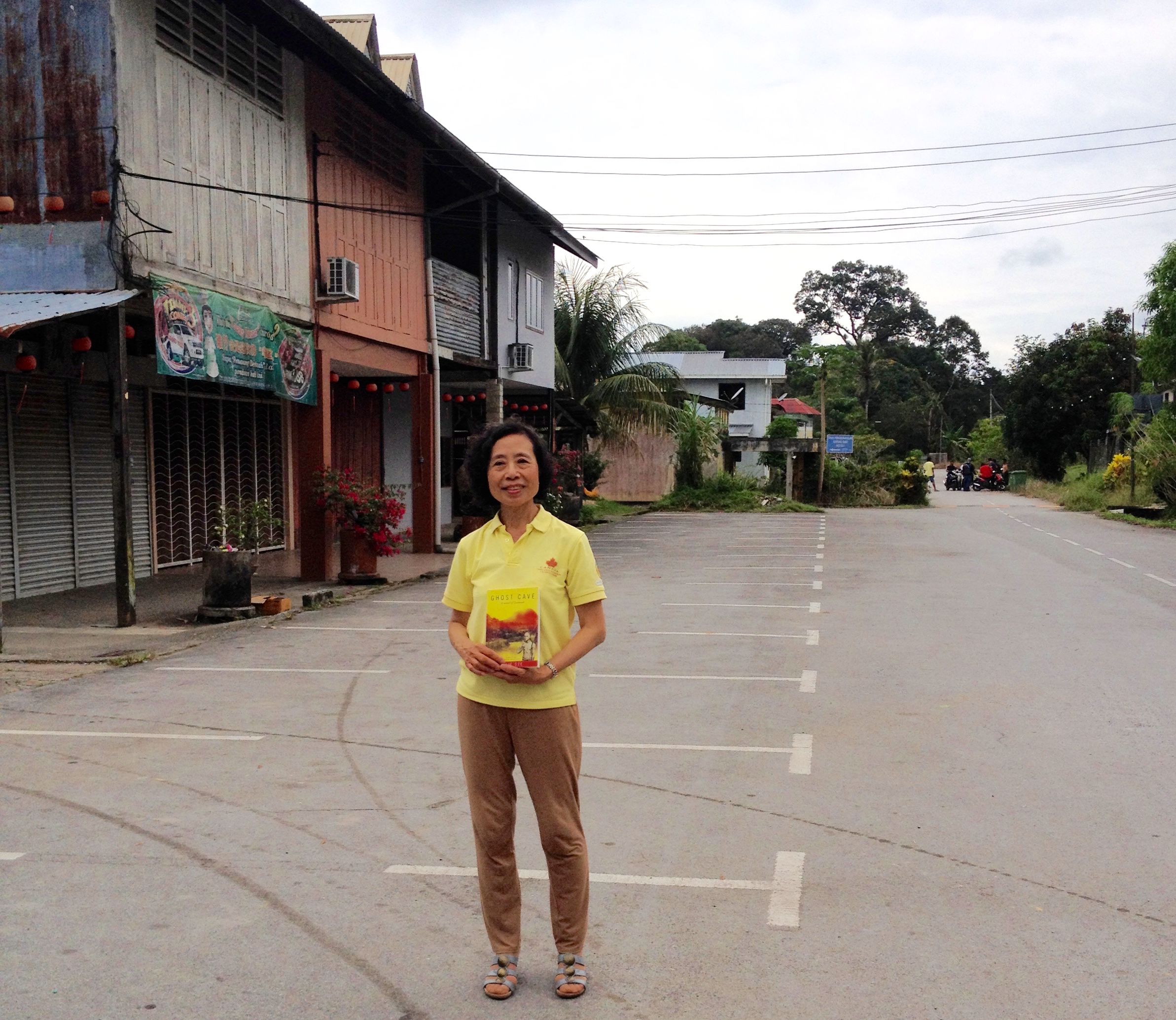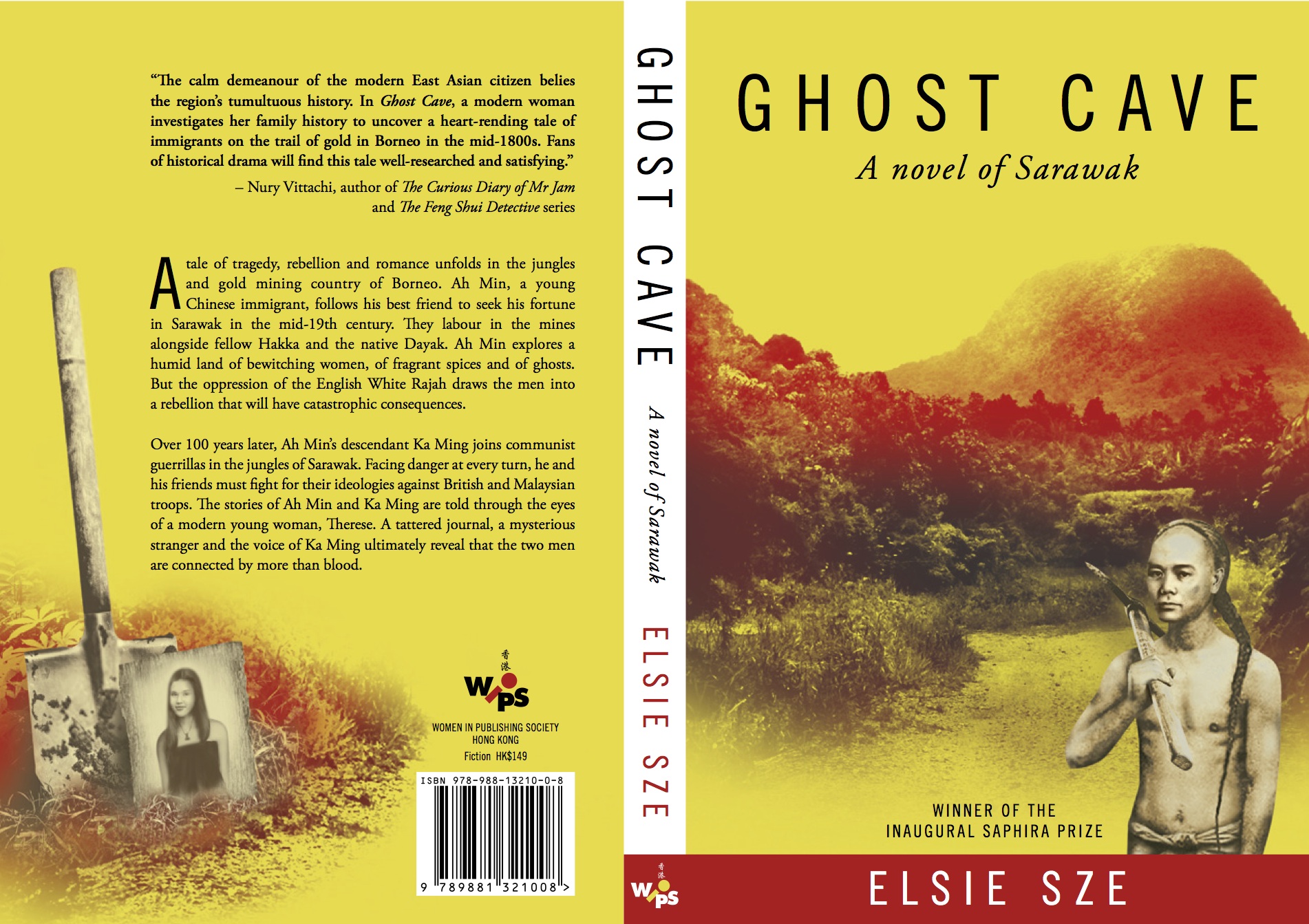Something Happened On The Trip Back To Bhutan!
 Wednesday, October 30, 2019 at 05:39PM
Wednesday, October 30, 2019 at 05:39PM Approaching the traffic circle at the north end of town, I saw a woman in a light coloured kira a distance ahead, of Marian’s height and build, walking with Marian’s gait, and wearing her hair up the way Marian sometimes did. I could only see her back, but what I saw sent my pulse racing. Immediately I stepped into the circle, barely missing a sleeping dog on the pavement, and running almost into the path of an oncoming car. When I looked in front again, she had vanished. Frantically, I scanned nearby shops and side streets in the gathering dusk. There was no trace of the woman who could be my twin sister. In tears, I headed back in the direction of the Hotel Druk.
--Opening paragraph of The Heart of the Buddha
It has been seventeen years since my last visit to the Himalayan Kingdom of Bhutan, nicknamed the Happiest Place on Earth, the setting of my second novel The Heart of the Buddha, published in 2009. My cheeks flush, my heart thumps as our plane from Kathmandu flies into Paro Valley where the only airport of Bhutan is situated. The nostalgia, the yearning to be back, the sight of the green tiled roofs of the airport terminal buildings in the valley nested in the foothills of the Himalayas, the realization that my wish the past seventeen years of returning to the Land of the Thunder Dragon is at last being fulfilled.
The airport has expanded to include more neat and tidy two storey buildings with white walls and green roofs, ornate pillars and window frames decorated with paintings depicting auspicious symbols of dragons, garudas, and eternal knot motifs. On a huge external wall is a larger-than-life portrait photo of the Royal Family, the handsome young Oxford-educated King, his beautiful queen, and their little toddler son. Kesang greets us with a warm hand-shake, wearing a gho, national outfit for men, and white knee-hi's, just as he did the first time we met him at Paro's old airport nineteen years ago. The difference is this time he is the owner of a reputable tour and trekking company with a fleet of tour minibuses and a team of tour and trek guides.
Just before entering the busy hub of Paro and ensconced on a gentle slope is the Paro Dzong, with its fort-like white walls, decorative wood windows, and courtly towers of pointed red roofs, embodying government administrative offices, temples, inner courtyards and a monastery, the temporal and spiritual authorities of the Buddhist kingdom connected under one roof. I remember the motor road from Paro to Thimphu the capital, farmhouses dotting the rural countryside, the three chortens at the confluence of two rivers, a popular stopover for travelers along the way. Thimphu has not lost its former charm in spite of the extended and improved infrastructure, lots more houses no higher than five storeys, a more intricate network of roads, more hotels of local ownership as well as foreign funding. For all the apparent modernization and extensions of the capital, a white-gloved policeman still directs traffic in the kiosk at each of the two main traffic circles in town, a rare phenomenon to most of the world, a fond impression from my childhood in colonial British Hong Kong. Hotel Druk, the iconic establishment of the capital where young royalties and foreign businessmen and government officials used to hang out, has been renovated and refurbished to upscale elegance. Outside the hotel, in the little square is the old familiar clock tower no higher than a three-storey building, freshly repainted, a dragon motif guarding it on all sides. That is where the opening page of The Heart of the Buddha takes place. Tears somehow begin to well in my eyes as I stand there under the clock tower. The clock is ticking, registering 4:38 p.m. Perhaps it has never stopped in the interim of seventeen years since I last stood under it as I imagined the scene in my novel.
I have three copies of The Heart of the Buddha with me on this trip, not that the novel hasn’t been distributed to Bhutan. In fact, an Indian publisher bought the right from me some years ago to republish it in India for distribution to countries of the Indian subcontinent, India, Pakistan, Sri Lanka, Bangladesh, Nepal, Bhutan. The cost of the book published and printed in India would be more affordable to the local people than if they were to buy it from a foreign online bookstore. I was happy with the arrangement because I wanted to bring it home to Bhutan and her neighbors on the subcontinent, no matter the cost. Of the three copies I have brought to Bhutan this trip, one is to be presented (better late than never) to the Public Library of Thimphu, one to the National Library of Bhutan for the institution's permanent collection, and the third copy, well, I would leave with our friend Kesang, in the hope it would find its way to the Royal Palace somehow, some day. The improbable is what dreams are built on.
March 21st, 2019 is our last day in Bhutan, and the last day of the annual Paro Tsechu Festival, held on the grounds of Paro Dzong. We are there to see some of the religious and traditional dances and performances. An extravanganza of an event it is, ladies in their best kiras of multi-colors, men in their formal ghos. The King will attend the main ceremony that day. A red runner is laid on the ground in the huge courtyard leading to the thongdrel, a large appliqué with the image of a well-venerated Buddhist saint. Young scouts form a human chain on both sides of the red carpet. We stand behind the scouts, the closest spots we can get to the red carpet.
The King of Bhutan finally comes into view. With confident strides, clad in his royal robe and with his golden yellow sash, the handsome young King greets his people left and right as he walks on the red carpet. As he gets close to us, Mike suddenly calls out, “Your Majesty, we are from California!” His Majesty hears him in the crowd, and turns to face us.
“You’re from California?”
“Yes, San Francisco!”
The King exchanges a few pleasantries with us. He even shakes our hands. As he is about to continue on, a voice in my head seems to tell me, “It’s now or never!” The moment is passing and will not come back. With not a second to lose, I call out, “Your Majesty, I’ve written a book about Bhutan!”
He hears me. “You wrote a book with something about Bhutan?”
“I wrote a novel all about Bhutan.”
“Oh, I’d like to read it. I love reading.”
“I will present a copy to you and Her Majesty.”
I am in seventh heaven, or perhaps I am in Heaven itself where anything is possible. I bite my lip. No, I am not dreaming. Right after the dashing young king has walked on, the Deputy Court Chamberlain is by my side to get my contact information.
That very afternoon, Kesang brought the third copy of The Heart of the Buddha to the King’s residence in Paro. A handwritten note is tucked into the book which reads,
Your Majesty,
I humbly present to you my novel about Bhutan, The Heart of the Buddha.
Sincerely yours,
Elsie Sze (California)
 Elsie |
Elsie |  Post a Comment |
Post a Comment | 





